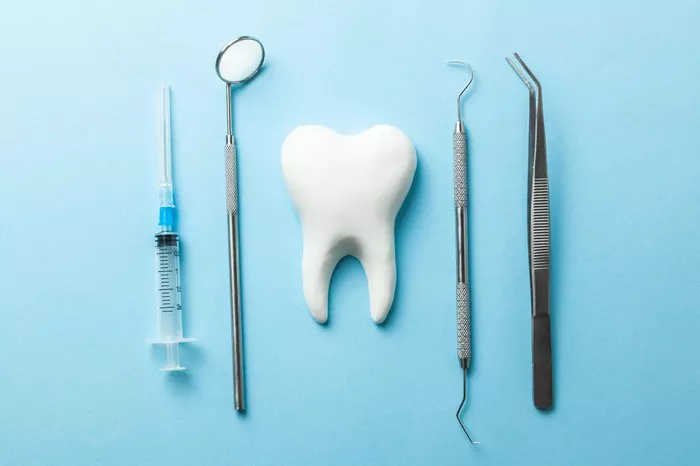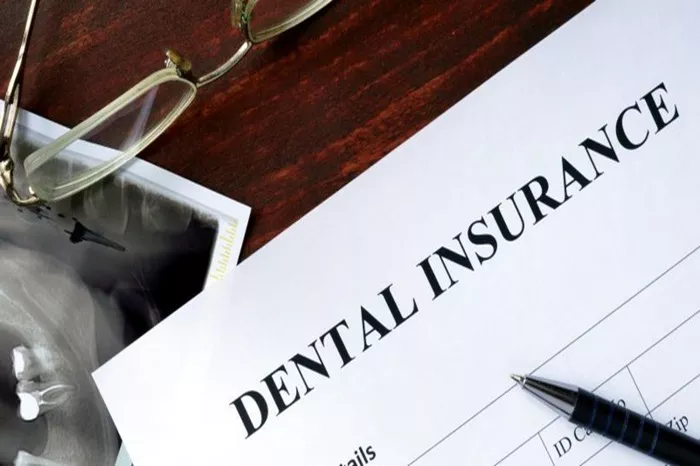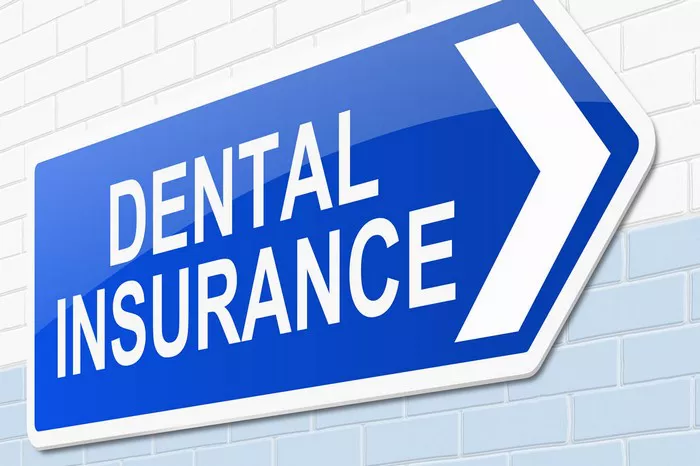When evaluating dental insurance options, understanding what type of plan is best suited to your needs is crucial. In this article titled “What Type of Dental Insurance Is the Best?“, we will delve into the various dental insurance plans available, compare their features, and help you determine which plan offers the best benefits for you.
Understanding Dental Insurance
Dental insurance is a financial tool designed to help cover the costs of dental care, making necessary treatments and preventive services more affordable. Different types of dental insurance plans offer varying levels of coverage, flexibility, and costs. To choose the best plan, you need to understand the primary types of dental insurance available and their respective features.
Types of Dental Insurance Plans
Preferred Provider Organization (PPO) Plans
PPO dental insurance plans are among the most popular choices due to their flexibility and wide network of providers. Key characteristics include:
Flexibility: You have the freedom to see any dentist, but you will incur lower costs if you choose an in-network provider. This plan allows you to visit specialists without needing a referral.
Cost: PPO plans generally have lower premiums compared to some other options but come with higher deductibles. Out-of-pocket costs are often lower for services rendered by in-network dentists.
Coverage: Preventive services like cleanings and exams are usually covered at a higher percentage, while basic and major procedures have partial coverage. This structure helps manage the costs of routine and extensive dental work.
Provider Network: Although you can see any dentist, using in-network providers will result in more significant savings. PPO plans often feature a broad network of participating dentists.
Health Maintenance Organization (HMO) Plans
HMO dental insurance plans are designed to offer cost savings but require you to adhere to a more structured network of providers. Key features include:
Cost: HMO plans typically have lower premiums and out-of-pocket costs. You pay a fixed copayment for most services, making it easier to budget for dental care.
Coverage: Emphasis is placed on preventive care, with lower costs for routine check-ups and cleanings. Basic and major procedures may have higher copayments or coinsurance.
Provider Network: You must choose a primary care dentist from the plan’s network and obtain referrals to see specialists. This can limit your choice of providers.
Referral Requirements: A referral from your primary care dentist is required to see a specialist, which can add a layer of complexity to accessing certain types of care.
Dental Discount Plans
Dental discount plans are an alternative to traditional dental insurance. They are not insurance but offer reduced rates for dental services through a network of dentists. Features include:
Cost: Typically, dental discount plans have lower annual fees compared to traditional insurance plans. You pay discounted rates directly to the dentist rather than paying premiums and deductibles.
Flexibility: There are no referral requirements, and you can choose from a wide range of participating providers. This flexibility can be beneficial if you prefer to see a specific dentist or need specialized care.
Coverage: Discounts apply to most services, including preventive, basic, and major treatments. However, there are no fixed benefits or annual maximums, which can lead to higher out-of-pocket costs if extensive care is needed.
Eligibility: Dental discount plans typically have no waiting periods or annual maximums, allowing for immediate access to discounted rates.
Indemnity Dental Insurance Plans
Indemnity dental insurance plans offer a high level of flexibility and freedom in choosing dental care providers. Key aspects include:
Flexibility: You can visit any dentist without restrictions and do not need referrals for specialist care. This allows for greater freedom in choosing providers.
Cost: Indemnity plans generally have higher premiums and deductibles. The plan reimburses a percentage of your dental expenses, with you responsible for paying the difference.
Coverage: These plans often cover a broad range of services with varying reimbursement levels. Preventive care is typically covered at a higher percentage, while basic and major procedures may have different reimbursement rates.
Reimbursement: You may need to pay for services upfront and then file a claim for reimbursement from the insurance company.
See Also: Best Dental Insurance for Seniors of 2024
Evaluating Your Needs
When selecting the best dental insurance plan, consider the following factors to ensure you choose the plan that aligns with your needs and preferences:
Current Dental Health: If you have existing dental issues or anticipate needing extensive treatment, choose a plan that offers substantial coverage for major procedures.
Budget: Assess your financial situation, including your ability to pay premiums, deductibles, and out-of-pocket costs. PPO and HMO plans have different cost structures, so select one that fits your budget.
Provider Preferences: If you have a preferred dentist or specialist, check whether they are included in the plan’s network. Dental discount plans offer more flexibility in provider choice but do not provide fixed benefits.
Family Coverage: If you need coverage for multiple family members, compare plans that offer comprehensive family coverage and evaluate the associated costs.
Comparing Costs and Benefits
To make an informed decision, compare the costs and benefits of each dental insurance plan. Consider the following aspects:
Premiums: Evaluate the monthly or annual cost of each plan. Lower premiums may come with higher out-of-pocket costs or limited coverage.
Deductibles: Consider the amount you must pay before the insurance coverage kicks in. Plans with higher deductibles often have lower premiums.
Coverage Limits: Review the annual maximums and coverage percentages for different types of care, including preventive, basic, and major services. Ensure the plan meets your anticipated needs.
Copayments and Coinsurance: Determine the portion of the cost you will be responsible for after meeting your deductible. Different plans have varying copayment and coinsurance structures.
Waiting Periods: Some plans have waiting periods for certain types of care, particularly for major procedures. Understand these waiting periods and how they might impact your ability to receive timely treatment.
Making the Decision
To select the best dental insurance plan for your needs, follow these steps:
Research Plans: Investigate various insurance plans based on coverage, costs, and provider networks. Look for plans that offer comprehensive coverage and align with your financial situation.
Evaluate Providers: Ensure that your preferred dentists are part of the plan’s network. If you value flexibility in choosing providers, consider a PPO or indemnity plan.
Assess Your Health: Consider your current dental health and any anticipated needs. Choose a plan that offers adequate coverage for preventive, basic, and major procedures.
Seek Professional Advice: Consult with a dental insurance advisor or financial planner if you need assistance navigating your options. They can provide valuable insights and help you make an informed choice.
Conclusion
Choosing the best dental insurance plan involves carefully evaluating your needs, budget, and preferences. By understanding the different types of dental insurance plans and comparing their costs and benefits, you can make an informed decision that provides the coverage you need for maintaining good oral health. In this article titled “What Type of Dental Insurance Is the Best?” we have explored various dental insurance options to help you find the plan that best suits your needs. Consider all factors and choose a plan that aligns with your dental care requirements and financial situation.



















